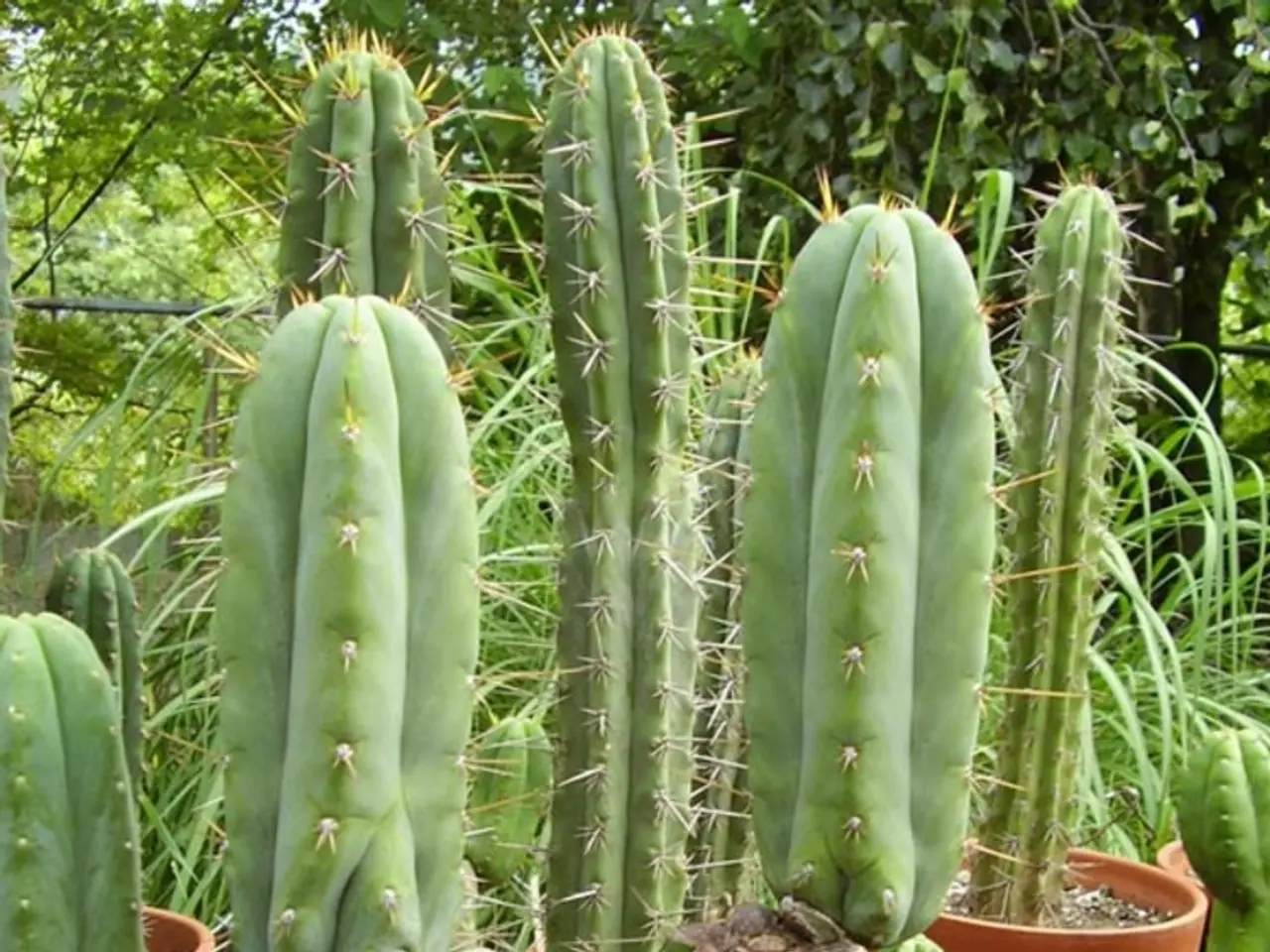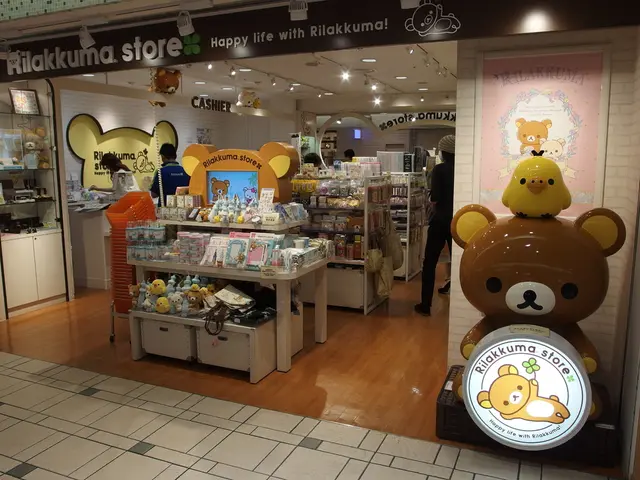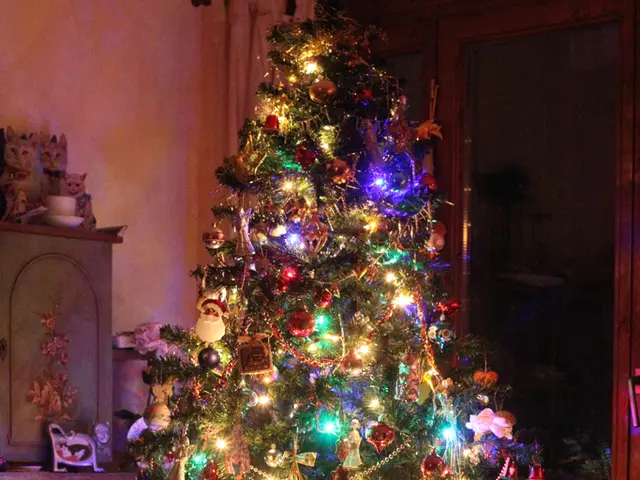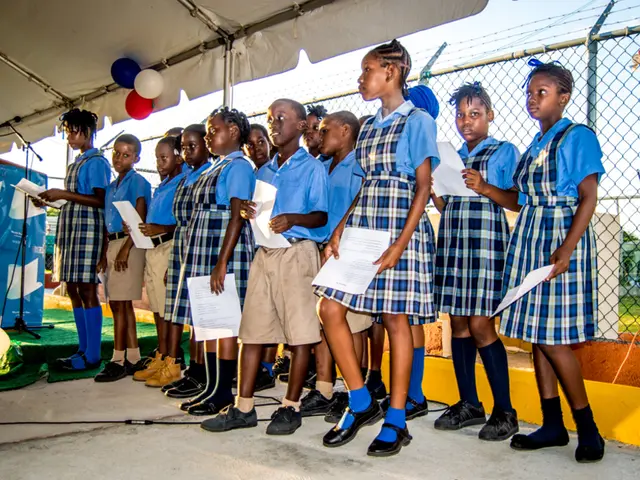Caring for Guzmania Bromeliads: A Comprehensive Guide
Methods for Nurturing Guzmania: Cultivating Stunning Bromeliad Blossoms
Guzmania bromeliads, with their vibrant, colorful blooms and easy-going nature, make a delightful addition to any indoor space. Here's a step-by-step guide on how to care for these tropical beauties.
Light Requirements
Guzmania bromeliads thrive in bright, indirect light. A south-facing window, filtered through a sheer curtain, provides ideal conditions. They can also cope with fluorescent light, making them suitable for indoor spaces without direct sunlight.
Watering
The central cup of the Guzmania bromeliad serves as a water reservoir. Fill it with clean, room-temperature water, preferably rainwater or distilled water to prevent mineral buildup from tap water. Refill the cup every few days and flush it out completely once a week. Keep the soil lightly moist, using a well-draining mix, and water the roots only when the soil starts to dry out to prevent root rot.
Soil
Use a mix of orchid bark, sphagnum moss, and perlite for excellent drainage and aeration. Avoid regular potting soil as it can cause root rot. Make sure your pot has drainage holes to prevent water accumulation at the bottom.
Temperature
Maintain temperatures between 65°F and 80°F (18°C and 27°C) for optimal growth. Avoid drafts and extreme cold.
Humidity
Guzmania bromeliads prefer a humid environment, ideally between 50% and 70% relative humidity. You can use a pebble tray to increase humidity around the plant.
Fertilization
Fertilize once a month during the growing season (spring to early fall) with a diluted liquid houseplant fertilizer (1/4 strength). Apply fertilizer to the leaves, in the central cup, or lightly to the soil. Ensure to flush out the cup within a few days to prevent salt buildup.
Pruning
Remove dead leaves as they appear to maintain the plant's appearance and prevent the spread of disease. Once the flower has faded, you can cut off the flower spike at the base to encourage new growth.
Propagation
Propagate through offsets or 'pups' that form at the base of the plant after it blooms. These can be separated and potted once they have developed their own roots. Though less common, you can also propagate via seeds, but this is more challenging than using offsets.
Repotting
Guzmania bromeliads typically do not need frequent repotting unless the plant has outgrown its container. Use the same well-draining soil mix and ensure the new pot has adequate drainage holes.
Overwintering
Keep the plant indoors during winter to maintain warm temperatures above 65°F (18°C). Reduce watering to once every two to three weeks as the plant is less active during winter.
Common Problems
Avoid overwatering as it can lead to root rot. Ensure good drainage and avoid waterlogging. Regularly check for pests like mealybugs and spider mites. Use insecticidal soap or neem oil if necessary. Use clean or distilled water to prevent mineral buildup in the central cup.
Occasionally, leaf spots may appear on leaves that receive too much moisture on the surface. Guzmania lingulata and its cousins form offsets or pups, which can be divided and potted separately.
By following these care guidelines, you can help your Guzmania bromeliad thrive indoors. The plant grows to a height of 3 feet (.91 m.) and spreads 2 feet (.61 m.) wide. The soil requirements for the plant are well-draining.




